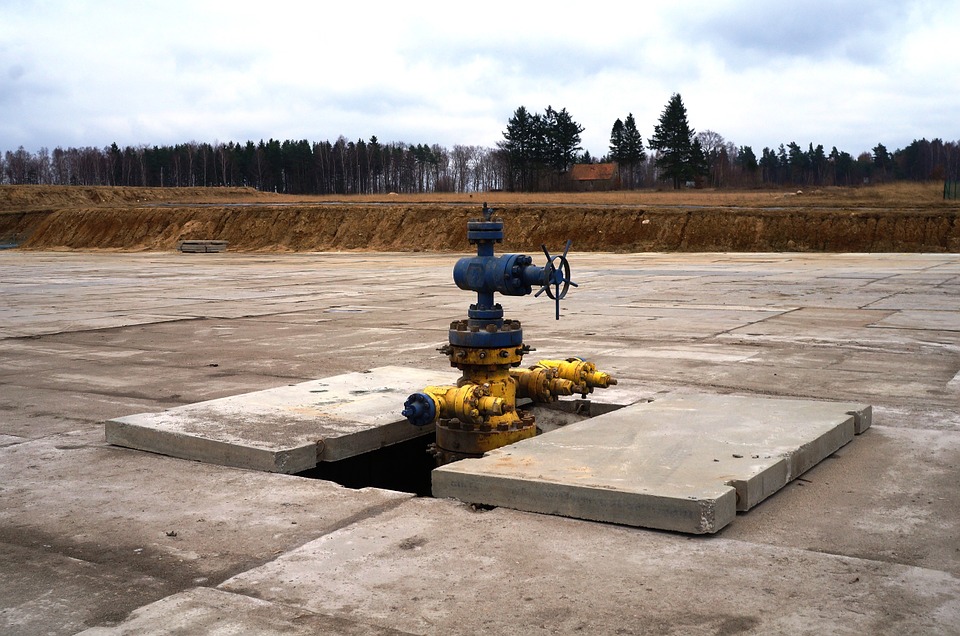Blast hole drilling is technique used for mining where a hole is drilled into the surface to be mined, the whole is packed with explosives and the explosives are detonated. The purpose of this technique is to create cracks in the rocks surrounding the hole in order to make it easier to perform mining activity and is one of the primary methods used in mining today.
This method is used when a mining company wants to explore the composition of a proposed mining area and determine the potential yield of a specific mineral that falls within that area. Creating blast holes is fundamental to the Blast hole drilling process and is used in both surface mining and underground mining operations. The main benefit of this technique is that it breaks up rocks and hard minerals to that they are made accessible and can be gathered and analyzed to determine their composition.
A blast hole digging operation consists of the following steps.
• Surveying the Location
Before blasting can begin the proposed site needs to be inspected so that decisions can be made about the size of the blast hole, the types of drills that will be used to drill the hole and so on. These will be based on the initial site survey which examines the nature of the ground, soil, rocks and minerals which will determine how blasting is carried out.
• Checking Rock Types and Formations
The raw data from the site survey is used by research geologists to plan effective and safe drilling patterns based on the soil, rocks and mineral formations identified.
• Produce Drilling Patterns
Once the research geologists have determined the safest, most efficient and effective way to proceed, the project manager will create a series of plans that set out the pattern of blast holes that will be required to break the ground up.
• Blasting Rocks
Once blast holes have been drilled to the required depth and in the most effective patterns, they are packed with a explosive charges, the strength of which will depend on the research conducted about the composition of the ground.
• Clean Up Process
Once the charges have been detonated the area is cleared of debris and loose material that has been thrown up by the explosive charges. The material is excavated and hauled away for analysis.
This process is often repeated multiple times until a desired mineral resource is located or the information required by mining engineers has been gathered.





